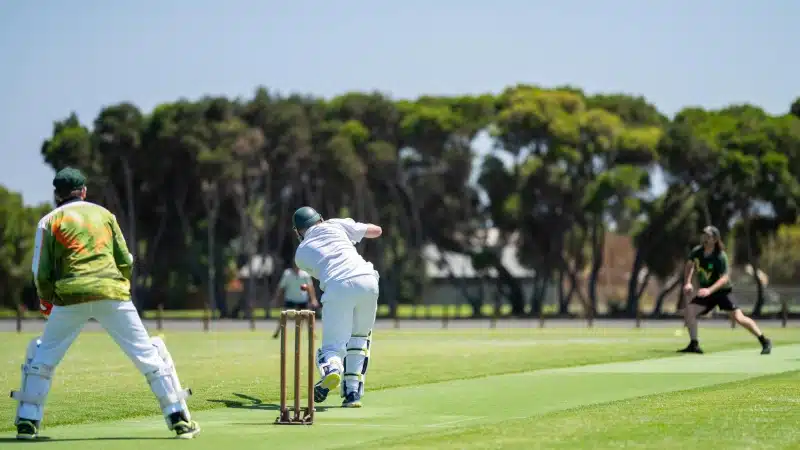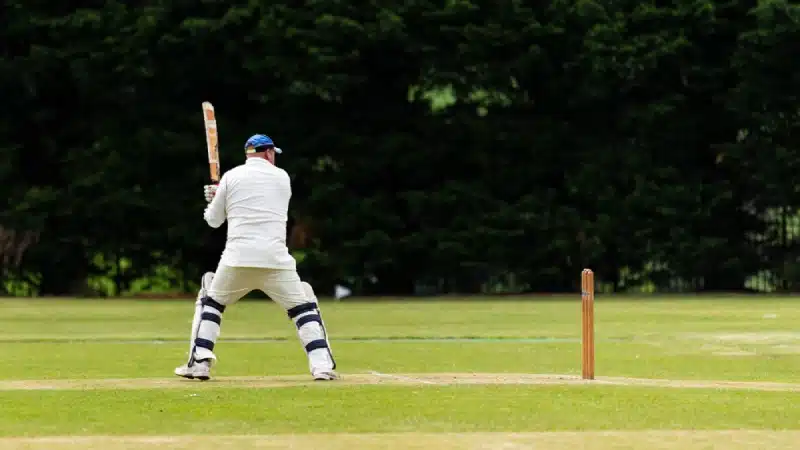
A par score in cricket generally means what a team is expected to score while batting first and it is more important in limited-overs cricket like One-Day matches and T20 contests than in Tests.
Calculating what a par score should be depends on various factors like the nature of the pitch, the weather as well as outfield conditions, and the batting strength of the team batting first.
That said, if a team that is batting second has a very strong batting lineup then a par score could ignore all the above factors solely on the assumption that the factors under consideration won’t be enough to hinder the second batting team from getting to its expected score.
Furthermore, in rain-affected games, the concept of par scores is completely different as they quite literally have a big say on which team wins a game should the match stop due to rain. To measure, par scores in rain-affected contests the Duckworth-Lewis method is utilised.
Here, we have a closer look at what is a par score in cricket as per Duckworth-Lewis (D/L) method.
What is par score in cricket?
Par score in cricket as per the D/L method refers to what a team needs to score when rain stops play. In such instances, the Duckworth-Lewis method is implemented to calculate the target score a team needs to be at when rain acts as a spoilsport and stops play.
The Duckworth-Lewis method factors two things into consideration when calculating par scores that a team needs to be at during the stop of play.
The two factors that come into consideration while calculating a par score via the Duckworth-Lewis method are the number of overs that are left in a game and the number of wickets that the team batting second has in hand at the stop of play.
According to the D/L method, these two factors are calculated as a percentage figure by using the aid of constantly evolving mathematical data.
It’s worth noting here that this system cannot consider the ability or stature of the chasing team when calculating the revised target for them because of a stop in play due to rain.
However, it does take into account the approach of the team that bats first provided there’s an interruption in the game due to bad weather. This method comes into play after five overs in T20 games and 20 overs in One-Day matches.
The exact formula that the D/L method uses is calculated as the second team’s par score = first team’s score multiplied by (the second team’s wickets and overs in hand divided by the first team’s wickets and overs).
After calculating this formula, the par score refers to the target that the chasing side should be at with a certain number of wickets lost at the time of interruption of play.
If the chasing side’s score is above the par score then they are considered winners and vice versa should play not resume after rain.
The DLS target scores constantly change with each delivery for the side batting second in a chase when rain continuously interrupts play.
Furthermore, if a side loses a wicket in their bid to accelerate and be at the par score, then the revised target will increase by a lot as one factor i.e. wickets remaining in hand reduces.
Photo credit: Alamy




















